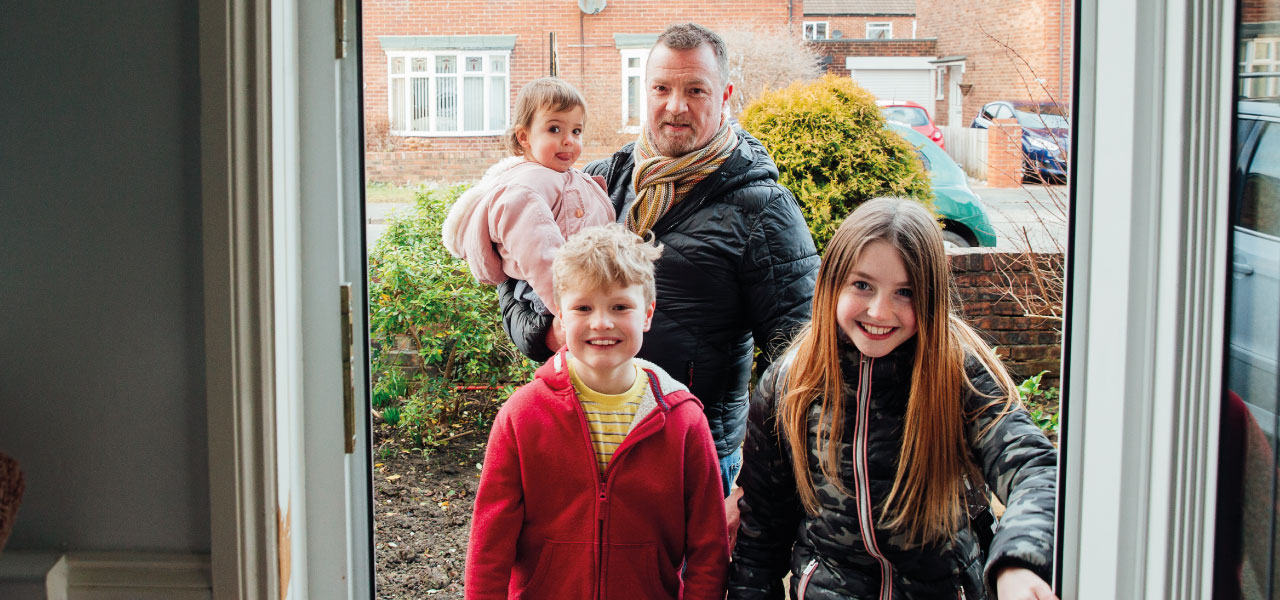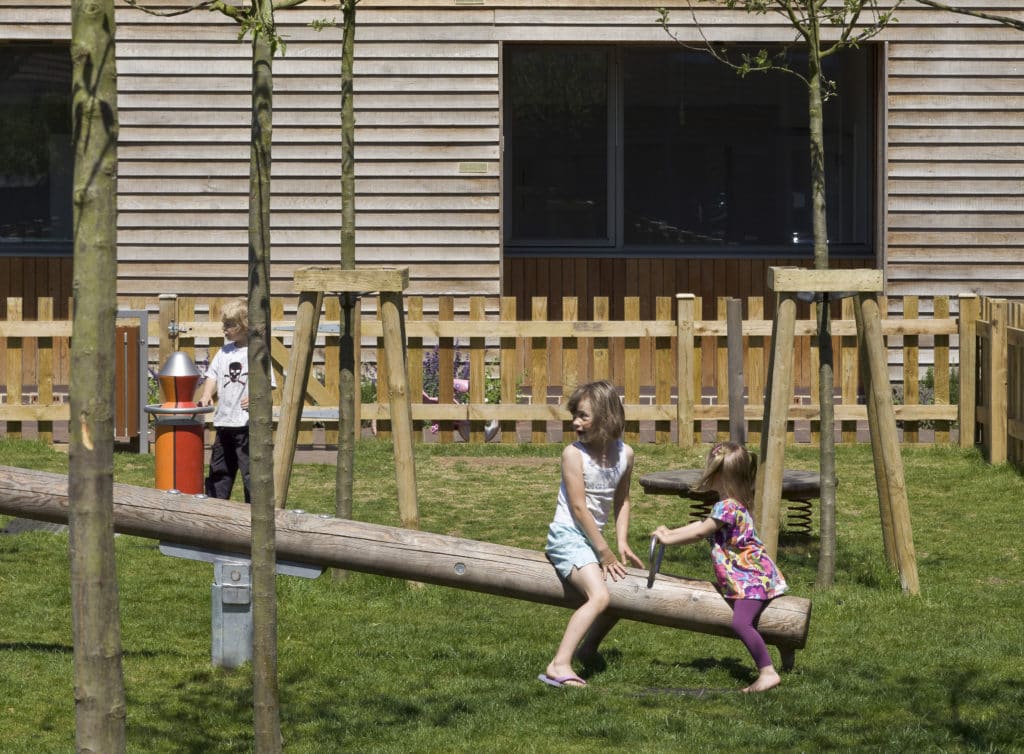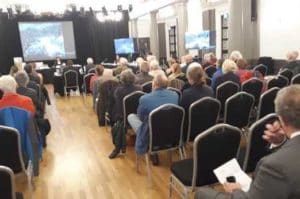What gets built and where

How the planning system works and how our volunteers are involved
The places we live should provide us with access to everything we need for a good quality of life. It’s just common sense.
Our District Committee volunteers work tirelessly to ensure that planning proposals registered with the local authority are in line with our ethos. Their principal concern is that the proposed development is in the right place and fits its setting. They will be particularly alert to proposals in a rural area, especially one in an Area of Outstanding Natural Beauty (AONB). In addition to landscape impact they will examine the effect it would have on existing hamlets, villages and towns. They will consider issues including: is the scale and design in keeping with the locality? Does the development have the right road systems to support it? Are there appropriate services that are easily accessible? Are the houses affordable to those that live locally? Is there the right mix of houses to accommodate the needs of those looking to buy, and is social housing included, so that local people are not excluded.

They will also be seeking to influence the Local Plan prepared by each local planning authority and approved by the Secretary of State. The authorities are Cheltenham Borough, Gloucester City, Tewkesbury Borough, and Stroud, Cotswold and the Forest of Dean District councils). The plans set out what is to be built (and how much) and where and are prepared with extensive public consultation. Do you know anything about your local plan? Have you had your say?
The Localism Act 2011 gives communities direct power to develop a shared vision for their neighbourhood which is set out in a Neighbourhood Plan. Communities are able to choose where they want new homes, shops and offices built, have their say on what those new buildings should look like and what infrastructure should be provided – provided their Plan is consistent with the Local Plan for their district Do you know if your community has a Neighbourhood Plan? Have you had your say?
Read our guide to influencing a planning application:
9 Steps to Influence a Planning Application
If you have any queries about what is being built in the area where you live, please ring us on 01452 309 783 or email lesley.painter@cpreglos.org.uk. We can then direct you to your local CPRE District committee – chances are they already know about the planning proposal you are worried about, but the more people that are involved in having their opinions and voices heard, the better.

“In its new Local Plan, the Forest of Dean will have to find space to build 8,000 new homes between now and 2041. Why? Because central government has determined this figure, not because the local population is naturally growing at this rate, but through a complex calculation to do with the relative affordability of housing in an area and a housing needs assessment.”
Read more below.
Planning for a better future: CPRE, the people’s representative
Simon Murray, Chair of our Forest of Dean District Committee
I know that at this moment, when we are worrying about the coronavirus and when even the basics of life, like getting food and getting outside for fresh air, are hard, this may not seem the most urgent or important subject for an article, but when things do get back to normal, future local authority plans will be crucial documents that we should all be reading carefully.
 All councils are required to produce plans setting out what they intend to do in their areas of responsibility. So, for example, district councils are required to produce a Local Plan that sets out how it will deal with such things as rubbish collection and re-cycling, and, crucially, with housing and planning. County councils, on the other hand, have to produce plans for such things as fire and policing, transport and education. Together these plans determine where houses get built, which schools grow and which close and how to address problems of congestion on the roads.
All councils are required to produce plans setting out what they intend to do in their areas of responsibility. So, for example, district councils are required to produce a Local Plan that sets out how it will deal with such things as rubbish collection and re-cycling, and, crucially, with housing and planning. County councils, on the other hand, have to produce plans for such things as fire and policing, transport and education. Together these plans determine where houses get built, which schools grow and which close and how to address problems of congestion on the roads.
In its new Local Plan, the Forest of Dean will have to find space to build 8,000 new homes between now and 2041. Why? Because central government has determined this figure, not because the local population is naturally growing at this rate. Once built, this increase in houses will result in population growth in the district of about 20%. Worryingly, in arriving at this number of new houses, no account is taken of existing employment within the area or what infrastructure is in place to cope with such an increase. And even more worryingly, no account is taken of the impact more traffic will have on an already congested road system.
All local government plans are designed to deal with these challenges and councils are required to consult with us, the voters, on their future plans. Given their importance to our lives, you would think that we would all be poring over these documents to make sure we end up with the communities we would like to live in. Sadly, this is not the case. In the Autumn of 2019, when the Forest of Dean council ran a consultation on its future Local Plan, there were approximately only fifty separate responses. Of these, only about a third came from members of the public; the rest being split between amenity societies, like CPRE, and developers effectively pitching for a slice of the development pie. So out of a population of over 80,000 people, fewer than twenty people commented on a document that will shape our lives and communities for the next twenty years.
Among the fifteen or so developer submissions to the Forest of Dean Local Plan consultation was one from a consultancy called Ridge and Co. They are proposing to build a 5,000 home ‘eco village’, wedged between the A48 and the A40 south-west of Gloucester. Set in rolling open countryside and adjacent to the internationally designated Walmore Common, the ‘eco village’ justifies its title because it is proposed to open a new railway station on the existing Chepstow to Gloucester line. Of course, the reality would be very different. Thousands of additional cars would be added to an already overloaded road system.
 When news of this proposal leaked out, there was local uproar. A meeting was called in Westbury village hall and over 250 local people turned out to protest. People were understandably angry at the idea of 5,000 new homes on their doorstep: they worried about the traffic, about the schools, about the doctors’ surgeries and they worried about the impact on Walmore Common.
When news of this proposal leaked out, there was local uproar. A meeting was called in Westbury village hall and over 250 local people turned out to protest. People were understandably angry at the idea of 5,000 new homes on their doorstep: they worried about the traffic, about the schools, about the doctors’ surgeries and they worried about the impact on Walmore Common.
But why did these 250 people not make their voices heard during the local plan consultation in Autumn 2019?
There is no single answer to this question, but one must be that, understandably, most people are too busy to give the time needed to respond to these consultations. To get round this we need a model similar to our system of parliamentary democracy. That is, we elect and trust someone else, or an organisation, to do the work for us. CPRE might be such an organisation as it has the skills and expertise among its staff and volunteers to comment on these plans and put pressure on councils to adopt sensible and sustainable solutions, and has been doing this work across its volunteer task force for the last eighty years. But not only are our resources limited, but we lack a mandate. There are only 100 members of CPRE in the Forest of Dean out of a population of 80,000. If we had 1,000 members, or, imagine it, 5,000, we could argue from a position of strength. With the additional resources more members would give us, we could be the people’s representative when it comes to decisions that affect the character and beauty of our countryside and its communities.



